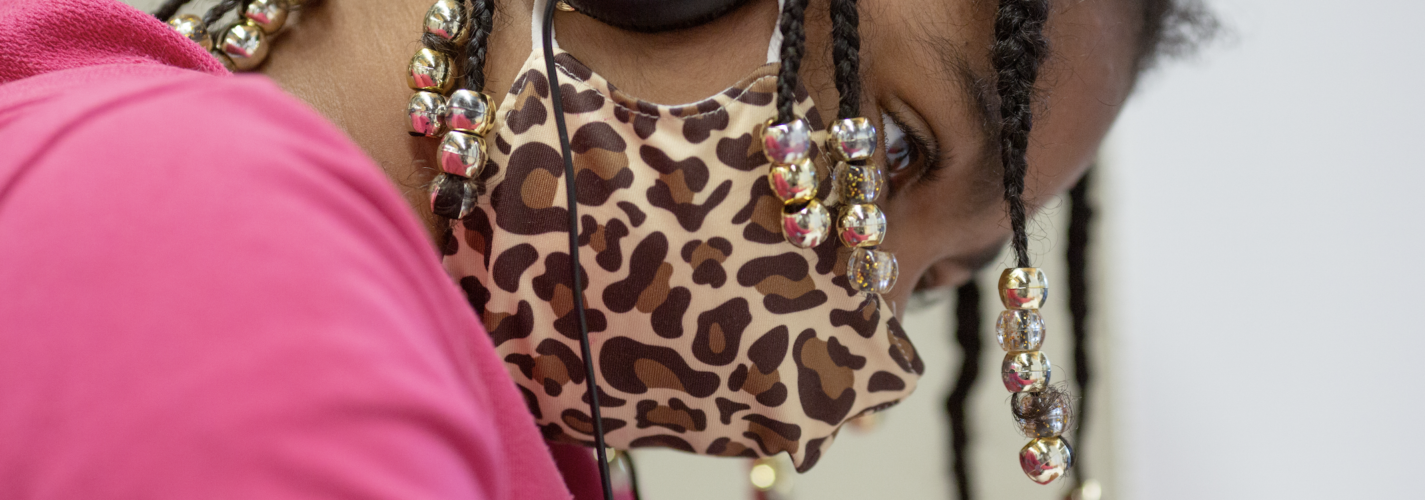Declining Enrollment Amidst the COVID-19 Pandemic
By Citlaly Escobar
When the school year began, all school districts faced a tough decision on what learning model should be implemented in light of COVID-19. Would it be more appropriate to begin school in distance learning and then switch to in-person if COVID-19 cases are within the country’s regulation limits? Or should school districts begin with in-person learning in order to curb the opportunity gap from last year and then switch to distance if needed? No matter the model, each plan would have significant benefits and drawbacks for students and staff alike.
EdAllies cross-analyzed reopening plans with enrollment statistics and we found that there was little connection between the learning model and total enrollment. Our analysis, which you can check out here, consisted of measuring all Minnesota districts and charter schools that had a student population of over 1,000 (117 in total) and cross-referencing their changes in total enrollment with their beginning learning model: distance, hybrid, in-person, or combination.
99% of Districts Experienced Enrollment Decline
Despite the perceived tension between enrollment declines and learning model—with the assumption that distance learning meant a drop in enrollment—we did not find such a connection.
Our analysis found that only 9 school districts increased their total student enrollment during the 2020-2021 school year. None of the districts that began with an all in-person model increased their total student enrollment. Five used a combination learning model, three used distance learning, and one used a hybrid model. The range of the enrollment increases varied greatly, from 20 students (a little under 1%) to over a thousand students (above 50%).
The rest of the 108 districts experienced a decline in total student enrollment. Ranging from 3 students (.2%) to over 1,000 students (16%). Overall, the average loss for student enrollment was approximately 2.5%.
Biggest Declines for Special Ed, EL, Low-Income, and White Students
The student populations that experienced the biggest declines were special education students, English-language learners, and low-income students. However, this decline should not assume that the number of students who need these services decreased.
We found that schools that began with distance learning were more likely to have declined in enrollment of students from low-income families. Again, this does not indicate that students’ economic status has increased; various studies reveal that COVID-19 has actually spiked financial insecurity across the nation, and “low-income and lower-middle-class parents, as well as parents of color, experienced more instrumental and financial hardships due to the pandemic when compared to their higher-income, white counterparts”. Rather, this could indicate that fewer families who would have qualified filled out the eligibility forms.
Our results do not indicate whether or not these students transferred to other schools to support their learning.
With regard to student enrollment across lines of race and ethnicity, our analysis found that enrollment for white student enrollment decreased at higher rates than for students of color, while enrollment for multiracial students increased.
Urban Schools More Likely to be Online
Almost all the school districts in Minnesota that began learning in a distant format were located in larger cities including Duluth, the Twin Cities, and the surrounding suburbs like Mounds View, Bloomington, and Roseville. These school districts have higher concentrations of students of color compared to suburban and rural school districts, who were more likely to choose hybrid or blended learning for their predominantly white student population.
The differences in learning models between city districts versus suburban and rural school districts in Minnesota reflects a national geographic and racial-ethnic trend where students of color are more likely to be learning online. Over two-thirds of students of color in the United States were learning remotely vs. less than one-third of white students.
What’s Next?
As districts decide whether they are going to offer a distance option for next year, it’s important that they focus on setting safe standards for their students and staff, creating holistic distance learning environments for students to protect families and administrators.
Minnesota also has to continue investing in programs and systemic changes to close the opportunity gap between white students and students of color. With one of the highest education disparities in the nation and the growing number of studies that illustrate the learning loss students experienced, the COVID-19 pandemic is exasperating the historical discrepancies and making them more apparent. Minnesota must take strong action to close this gap by investing in curricular changes, more teachers and administrators of color, and resources to support students and families of color.

